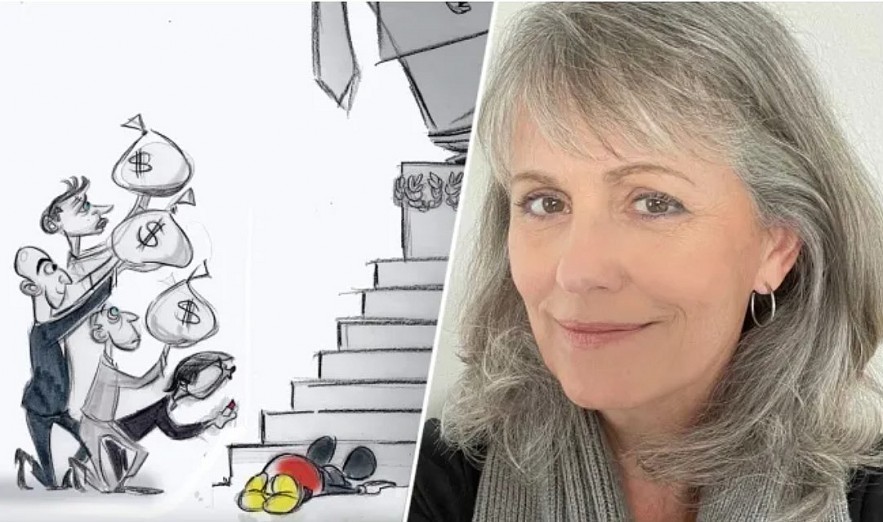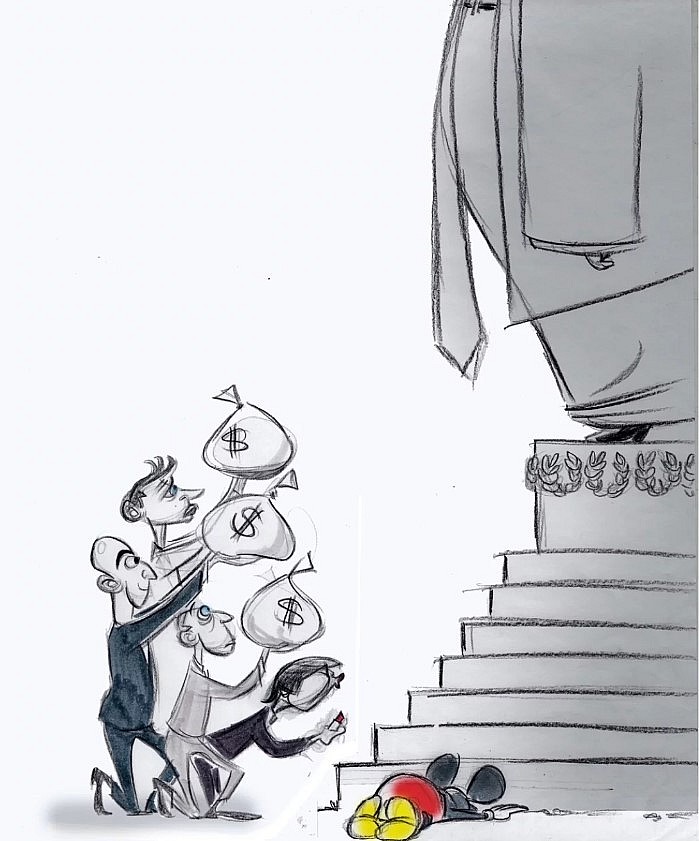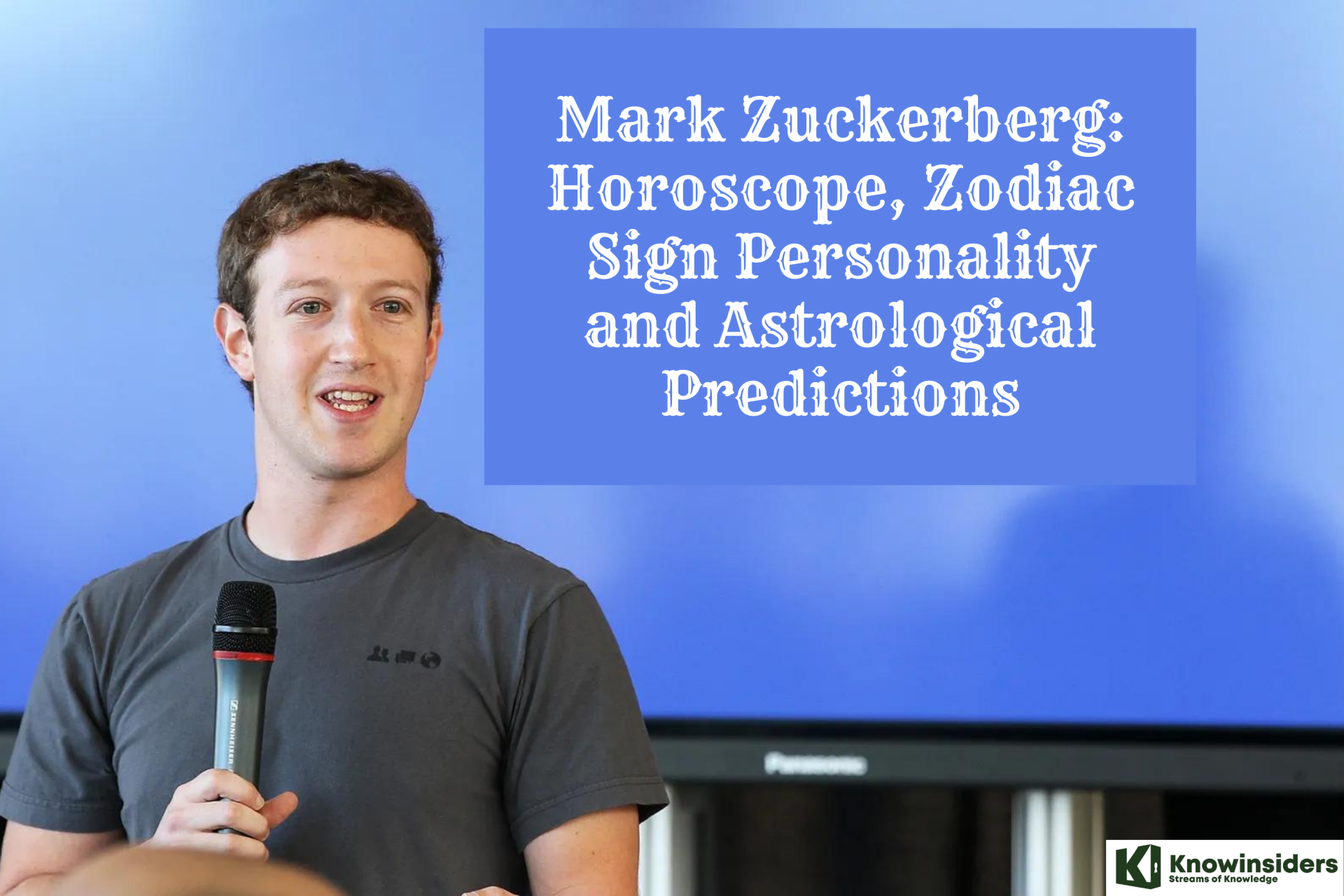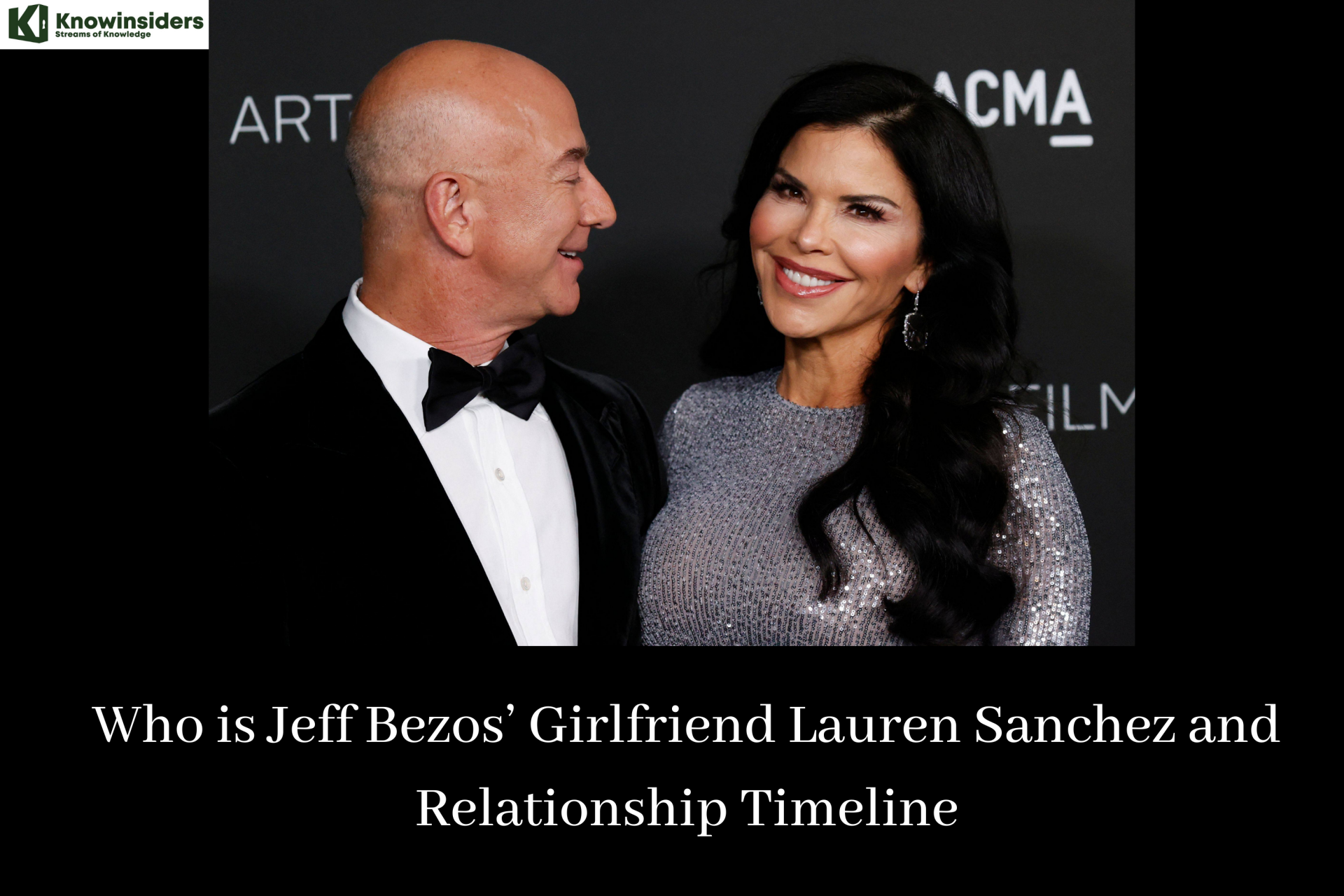Who is Ann Telnaes? Washington Post Cartoonist Resigns After Paper Rejects Sketch of Bezos Bowing to Trump
 |
| Ann Telnaes, Washington Post Cartoonist Resigns |
Who is Ann Telnaes?
The resignation of Ann Telnaes, a Pulitzer Prize-winning editorial cartoonist, from The Washington Post has reignited debates about press freedom, artistic expression, and the influence of powerful individuals on editorial decisions.
Telnaes, who had been with the paper for 16 years, quit after her editor rejected a cartoon she created depicting billionaire media and tech executives, including Post owner Jeff Bezos, bowing before then-President-elect Donald Trump. This decision and its aftermath reveal the tensions between journalistic independence, corporate interests, and the role of political art in challenging authority.
The Rejected Cartoon: A Powerful Critique
The cartoon at the heart of the controversy was a pointed critique of media and tech moguls seemingly seeking favor with Trump. Telnaes’ illustration featured figures like Bezos, Facebook founder Mark Zuckerberg, AI entrepreneur Sam Altman, and others presenting Trump with bags of money. The imagery highlighted concerns that these executives were attempting to secure lucrative government contracts and ease regulations by aligning themselves with the incoming administration.
Telnaes shared her reasoning on Substack, explaining that the cartoon was inspired by reports of these influential figures visiting Trump’s Mar-a-Lago resort. She viewed their actions as undermining the role of independent media and technology in holding power accountable. “Billionaire tech and media executives who should be challenging power are instead currying favor with it,” she wrote.
A Resignation in Protest
 |
| Ann Telnaes says the rough version of the cartoon she drew for The Washington Post , shown above, was rejected by the paper's editorial page editor. |
The rejection of the cartoon marked a turning point in Telnaes’ career at the Post. While she had faced editorial disagreements in the past, this instance felt fundamentally different. “For the first time, my editor stopped me from doing the critical work of holding powerful individuals accountable,” she stated.
Telnaes described her departure as a necessary step to preserve her artistic and professional integrity. “This is not about one cartoon—it’s about a troubling precedent for a free press,” she said. Despite leaving the Post, she vowed to continue her work as an independent voice, underscoring her belief in the importance of political cartooning as a tool to challenge authority and expose the truth.
Reaction from the Editorial Cartooning Community
The Association of American Editorial Cartoonists (AAEC) quickly rallied behind Telnaes. The organization accused The Washington Post of “political cowardice” and urged fellow cartoonists to share Telnaes’ sketch with the hashtag #StandWithAnn. In a statement, the AAEC emphasized the importance of artistic freedom in journalism: “Tyranny ends at pen point. The rejection of this cartoon represents a troubling capitulation to power.”
The controversy has drawn attention to the precarious position of editorial cartoonists in modern media. Once a staple of political commentary, the medium has faced significant challenges in recent years, with shrinking newsrooms, declining budgets, and increasing corporate influence.
The Washington Post’s Response
David Shipley, the editorial page editor at the Post, defended the decision to reject the cartoon, arguing that it was an editorial judgment rather than an act of suppression. “The cartoon was rejected because the paper had just published a column on the same topic and was preparing another,” Shipley explained. “This was purely about avoiding repetition, not about silencing dissent.”
However, critics, including Telnaes, were not convinced by this explanation. The rejection, coupled with other recent editorial decisions, has fueled speculation about the influence of Bezos and his dual role as the Post’s owner and one of the world’s most powerful businessmen. Some have pointed to the Post’s controversial decision not to endorse a presidential candidate in 2020 as another example of its reluctance to take strong stances under Bezos’ ownership.
The Broader Implications: Press Freedom and Artistic Integrity
Telnaes’ resignation highlights broader concerns about the state of press freedom and the role of editorial independence in an era of concentrated media ownership. As one of the few remaining editorial cartoonists employed by a major newspaper, her departure symbolizes the diminishing space for critical voices within traditional media outlets.
Political cartoons, known for their ability to distill complex issues into powerful visual metaphors, have long been a vital part of democratic discourse. Telnaes herself has been a prominent advocate for the medium’s importance, stating that cartoons “have the power to provoke, to challenge, and to hold the powerful accountable.”
However, the rejection of her cartoon raises questions about whether corporate and political interests are narrowing the scope of acceptable criticism. Telnaes’ case underscores the challenges faced by journalists and artists in navigating the tensions between editorial independence and the business interests of media organizations.
The Role of Jeff Bezos and The Washington Post
Jeff Bezos’ ownership of The Washington Post has been a double-edged sword. On one hand, his financial backing has allowed the paper to thrive in an industry struggling with declining revenues. On the other hand, critics argue that his vast business interests create potential conflicts of interest that may influence the Post’s editorial decisions.
Bezos himself acknowledged the perception of conflict during a public appearance at the New York Times DealBook Summit. “I am a terrible owner for the Post from the point of view of the appearance of conflict,” he admitted, pointing to his frequent interactions with government officials through his other ventures, such as Amazon and Blue Origin.
Despite these challenges, Bezos defended the Post’s decision not to endorse a candidate in 2020, arguing that it was an effort to maintain objectivity and public trust. However, the departure of several high-profile staff members, including Telnaes, suggests growing dissatisfaction within the newsroom.
A Crisis of Trust in Media
Telnaes’ resignation comes at a time when trust in media is at an all-time low. Her critique of the Post’s decision to reject her cartoon reflects a larger concern about the role of corporate ownership in shaping news coverage and commentary. As media organizations navigate the pressures of financial sustainability and political neutrality, the risk of self-censorship becomes an ever-present threat.
For Telnaes, the decision to leave the Post was as much about preserving her own integrity as it was about sending a message to the industry. “Democracy dies in darkness,” she wrote, echoing the Post’s own slogan. Her resignation serves as a stark reminder of the need to protect spaces for dissenting voices in journalism, even when those voices challenge the powerful.
Conclusion
The resignation of Ann Telnaes from The Washington Post marks a significant moment in the ongoing debate over press freedom, editorial independence, and the role of political cartoons in holding power to account. Her departure sheds light on the pressures faced by journalists and artists working within corporately owned media outlets and raises critical questions about the boundaries of artistic and editorial expression.
As the media landscape continues to evolve, Telnaes’ story underscores the importance of preserving journalistic integrity and ensuring that the voices challenging authority remain loud, bold, and unafraid.


























